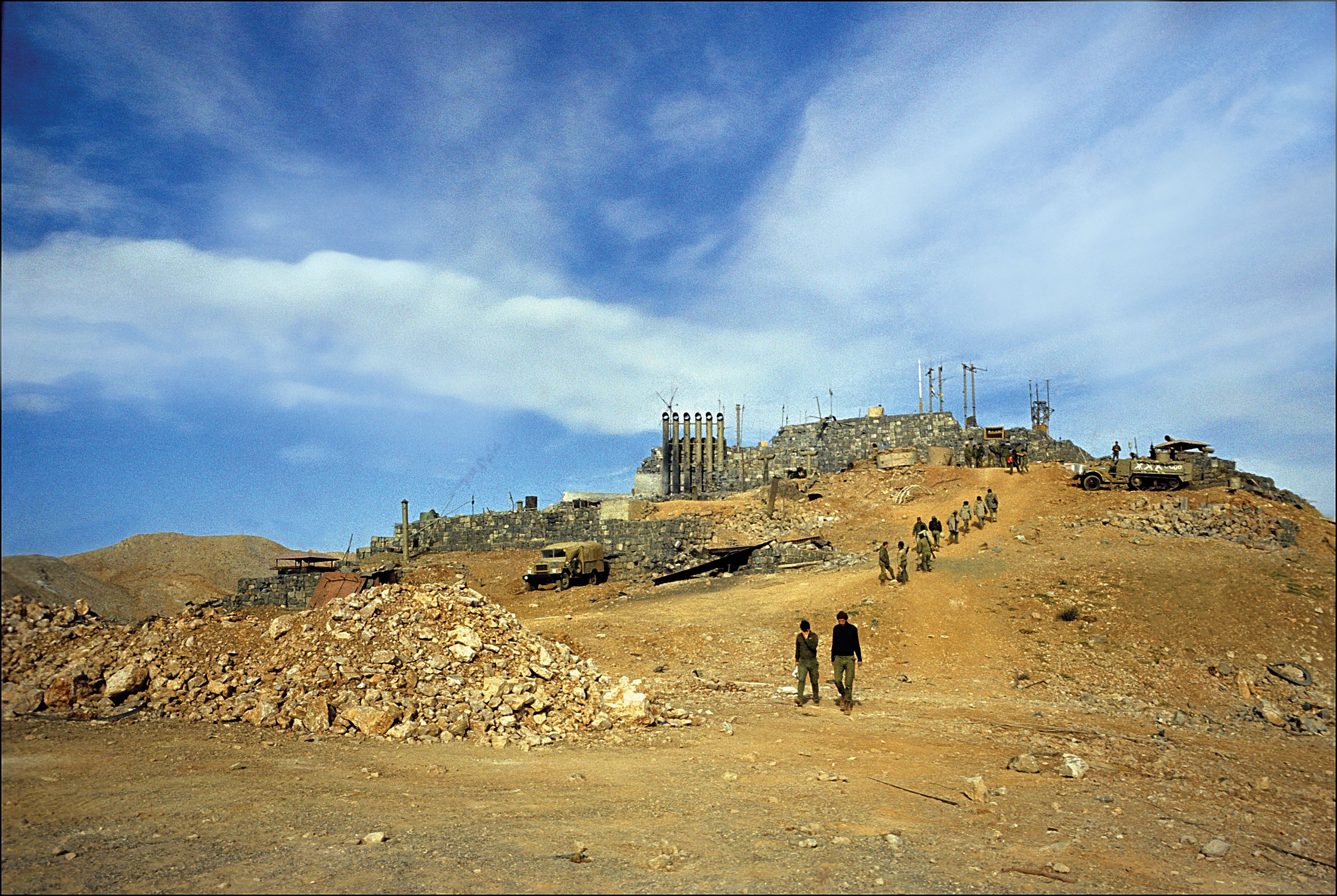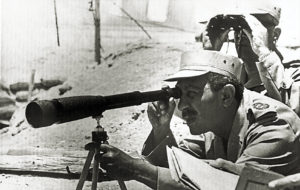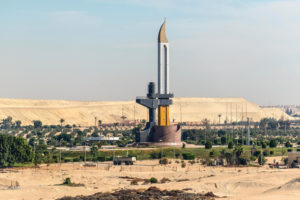An Arab attack on their holiest day was only the first surprise to befall the Israelis in 1973
During the Six-Day War of June 1967 Israel routed the combined military forces of Egypt, Syria and Jordan, seized the Gaza Strip, the Sinai Peninsula, the West Bank and part of the Golan Heights and humiliated Arab forces.
Over the following six years, however, Egypt and Syria re-equipped with updated Soviet weaponry and trained their soldiers intensely to hone their fighting skills and restore their self-confidence and unit cohesion.
On Oct. 6, 1973, Egypt and Syria launched offensives into Israel on the Jewish holy day of Yom Kippur, when most Israeli military personnel would be away from their posts. Within two hours some 32,000 Egyptian soldiers fought their way across the Suez Canal and overran the defensive Bar Lev Line.
Within two days 90,000 Egyptians had crossed. When the Israelis struck back, relying primarily on their armored corps, they suffered serious casualties to well-coordinated combined-arms tactics incorporating tanks, artillery, anti-aircraft defenses and new infantry-operated anti-tank guided missiles.
To the north Syrian troops seized Mount Hermon and surged up the Golan Heights, to be met by a hail of fire from the Israeli 7th and 188th “Barak” armored brigades. In those initial hours it seemed as if the Israel Defense Forces would be caught in their worst nightmare—a static war of attrition they seemed sure to lose.
However, within days the Syrian onslaught on the Golan broke down, and the Israelis counterattacked toward Damascus. The Egyptians, compelled to advance to Syria’s aid, lost their coordination and were bloodied by revised Israeli tactics. Then the Israelis made their own breakthrough across the Suez Canal and despite strong resistance shoved aside the Egyptian Second Army and encircled its Third Army.
Faced with the prospect of Soviet or American intervention, the combatants agreed to a cease-fire on October 25. The Israelis had prevailed again, albeit at heavy cost, while the Egyptian and Syrian forces had regained a fair measure of self-respect. Six years later Israel and Egypt signed peace accords. MH
This article appeared in the March 2021 issue of Military History magazine. For more stories, subscribe here and visit us on Facebook:












